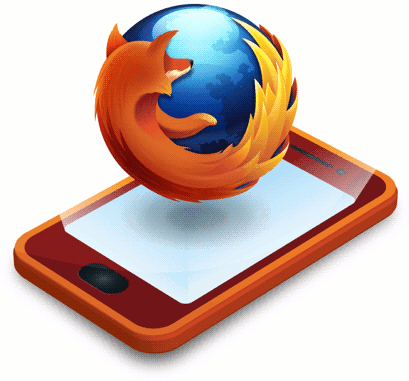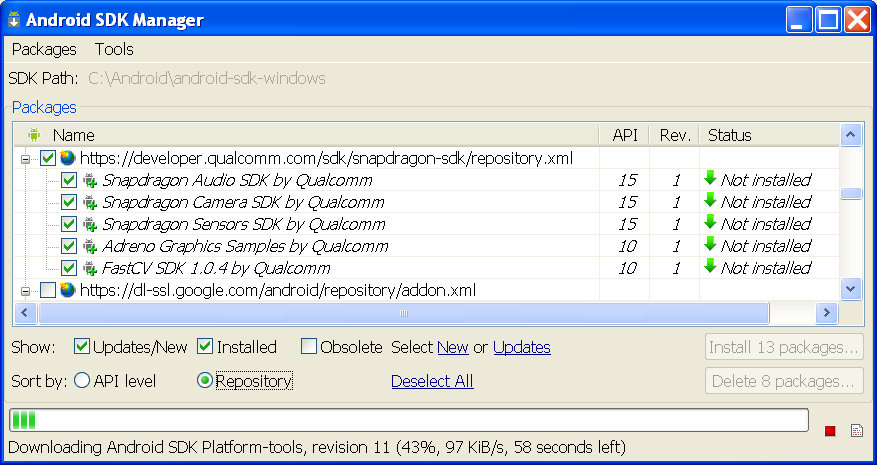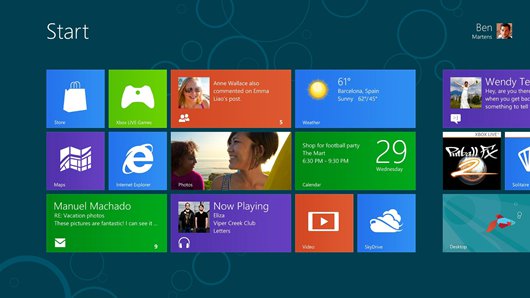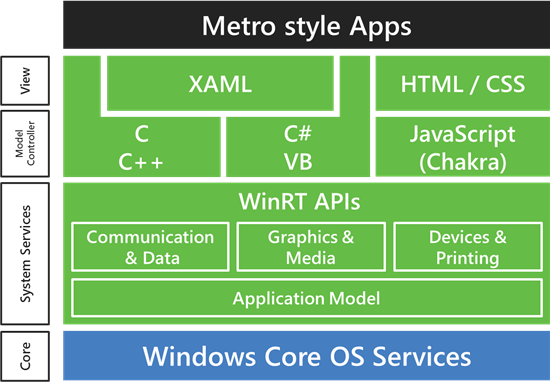Mozilla announced it would rename its Boot 2 Gecko (B2G) HTML5 mobile operating system to Firefox OS, and that ZTE and TCL (under the Alcatel brand) would manufacture the first devices running Firefox OS using Qualcomm Snapdragon Processors. The first devices should be available early 2013, at first in Brazil through Vivo, Telefónica’s commercial brand. The company also said that telecom operators such as Deutsche Telekom, Etisalat, Smart, Sprint, Telecom Italia, Telefónica and Telenor are planning to sell Firefox OS based smartphones. The platform is said to be optimized for entry-level smartphones thanks to the removal of unnecessary middleware layers among other things. This should allow mobile operators to provide low-cost handsets with “richer experiences” for the developing markets. Firefox OS will be fully open source and the reference implementation of the required Web APIs is being submitted to W3C for standardization. Internally, the project still appears to be referred to […]
Qualcomm Announces Snapdragon SDK 1.0 for Android
Qualcomm has announced the Snapdragon SDK for Android at the Uplinq 2012 developers conference, and a preview release of the SDK is now available on Qualcomm’s developer site. The full SDK will be available to device manufacturers and developers in the coming months. The Snapdragon SDK for Android enables developers to features of Snapdragon processors via Application Programming Interfaces (APIs) not otherwise available in the stock Android SDK including: Snapdragon Audio SDK (new) Snapdragon Camera SDK (new) Snapdragon Sensors SDK (new) Adreno GPU sample code for OpenGL ES FastCV SDK – Mobile-optimized Computer Vision (CV) library Supposedly, there is also IZat Location SDK, but it did not show up in the list when I tried it. At first, the SDK will only support devices build around Snapdragon S4 8960 processor, but the company expects to support future Snapdragon processors over time. The Snapdragon SDK for Android allows developers to take […]
Samsung Releases Galaxy S3 Source Code
Samsung Galaxy S III has just hit the shelves in several countries and Samsung has decided it was a good time to release the source code for the device (codenamed GT-I9300). Two files are available: the original release (GT-I9300_ICS_Opensource.zip – 189 MB) and a new update (GT-I9300_ICS_Opensource_Update1.zip – 190 MB) which can both be downloaded here after accepting some legalese. Alternatively, you can also clone the kernel code from github @ https://github.com/sgs3/GT-I9300_Kernel which is just an import of the file(s) above. Jean-Luc Aufranc (CNXSoft)Jean-Luc started CNX Software in 2010 as a part-time endeavor, before quitting his job as a software engineering manager, and starting to write daily news, and reviews full time later in 2011. www.cnx-software.com
The AllJoyn Open Source Project – Android Builder Summit 2012
Marcello Lioy, Director engineering at Qualcomm Innovation Center, talks about AllJoyn open source project at then Android Builder Summit in February 2012: Description of AllJoyn project: AllJoyn is a peer-to-peer technology that enables ad hoc, proximity-based, device-to-device communication without the use of an intermediary server. True peer-to-peer communications without the traditional barriers Simple device and service discovery Security framework for authenticated and encrypted communications per application/service Managed networking and message routing Object-oriented programming model Optimized for the mobile embedded environment Low latency Header compression Reliable and unreliable transport Point-to-multipoint communications Potential applications of the technology include Multi-player gaming Social media sharing Multi-user productivity tools AllJoyn is part of Qualcomm Android development tools. I could not find the presentation slides for this particular talk. Jean-Luc Aufranc (CNXSoft)Jean-Luc started CNX Software in 2010 as a part-time endeavor, before quitting his job as a software engineering manager, and starting to write daily news, and […]
Microsoft Unveils Windows 8 Consumer Preview at MWC 2012
Earlier this month, Microsoft announced they would be releasing Windows 8 Consumer Preview at the end of February, and they have done so yesterday with an official announcement at Mobile World Congress 2012, in Barcelona, Spain. During the event, they showcased ARM tablets based on Nvidia Tegra 3, Qualcomm Snapdragon S4 and Texas Instruments OMAP 4/5, as well as tablets, ultrabooks, laptops and touch PCs based on Intel meldfield and clove trail. All those devices are reference platform for developers and not actual products although Microsoft expect manufacturers to use those reference designs to build their products. The Touch PC used a an interesting screen which could be positioned vertically (like a normal screen). horizontally (like a surface PC) and at an angle for use cases such as an architecture reading a plan or an artist drawing a painting. They also showcased a very large touchscreen that could be used by […]
Qualcomm Releases Augmented Reality Vuforia SDK 1.5 for Android and iOS
Announced in January, Vuforia is the new name of Qualcomm’s Augmented Reality platform. Qualcomm has just announced the commercial release of Vuforia SDK 1.5 for Android and iOS. Applications built using this SDK can now be distributed and promoted on the Android Market and Apple App Store. Developers can also build 3D AR application using Qualcomm’s extension for the Unity 3 cross-platform game engine. The Vuforia SDK 1.5 supports Android devices running on Android 2.2 and above, as well as the iPad 2, iPhone 3GS, iPhone 4 and iPod touch (4th Generation) running iOS 4 and above. Vuforia SDK 1.5 brings the following features and improvements: Ability to swap datasets at runtime: You no longer have to upgrade your app to change the target dataset, and you can now build AR experiences that work on a large number of images. If your app needs to augment more than 60 images, […]
Microsoft Provides Windows 8 On ARM Technical Details
Steven Sinofsky, President of the Windows Division at Microsoft, has written a long blog post entitled “Building Windows for the ARM processor architecture” where he explains how Windows On ARM (WOA) will be deployed, the steps they took to develop it and what developers can do to program or port existing apps to Windows 8. Here are some keys and interesting points I noted: WOA and Windows 8 for x86/64 PCs will ship at the same time and the user experience should be the same for consumers on both platform. WOA PCs will be powered by Texas Instruments, Nvidia and Qualcomm processors. Microsoft will release an Unified OS Binary for WOA – That means one binary will run on all platforms (be it TI, Nvidia or Qualcomm). That seems impressive, and something Linux is not capable of, although much work is done on that and a unified linux kernel should […]








